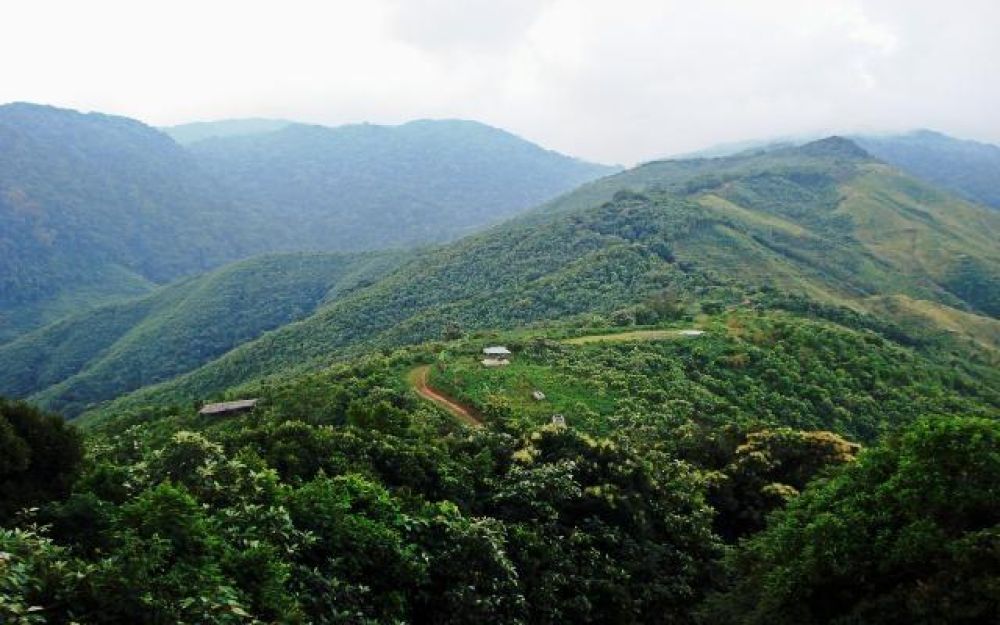

Nokrek National Park, located in the Garo Hills of Meghalaya, India, is a biodiversity hotspot that has drawn nature lovers and adventurers alike. Declared a National Park in 1986, Nokrek has long been a symbol of the rich natural heritage that Meghalaya possesses. The history of tourism in Nokrek, however, is relatively recent when compared to other national parks in India.
The inception of tourism at Nokrek National Park can be traced back to its establishment as a part of the Nokrek Biosphere Reserve in 1988, under UNESCO's Man and the Biosphere Programme. Being recognized as a UNESCO World Heritage Site, it has sparked considerable interest among eco-tourists globally.
The local communities, primarily the Garo tribe, have been living in harmony with the environment for centuries. In the preceding years, as the importance of sustainable tourism gained traction, the park became a focal point for conservation efforts. It was these practices that gradually paved the way for community-based tourism, allowing visitors not only to experience the park's natural beauty but also to learn about the indigenous cultures.
Home to the red panda, the endangered Asian elephant, and countless other species, the national park serves as a critical habitat in the region. The biodiversity of Nokrek is complemented by the Nokrek Peak, which is the highest point in the Garo Hills and offers breathtaking panoramas of the surrounding landscape.
Among the distinctive attractions within Nokrek National Park is the Nokrek Gene Sanctuary for Citrus, which conserves a wild relative of the citrus species believed to be the original progenitor of all citrus varieties in the world today.
In recent years, there has been a surge in eco-tourism and cultural tourism. Tourists are looking for more authentic experiences that allow them to connect with nature and indigenous cultures. Nokrek National Park has responded to this by offering community-led hikes, bird-watching tours, and cultural immersion programs that educate visitors about the traditional Garo way of life.
Moreover, with the growing emphasis on conservation, there has been a concerted effort to develop tourism in a way that supports the park's ecological balance. This includes limiting visitor numbers, promoting off-season travel, and encouraging the use of eco-friendly practices among tour operators and visitors alike.
Accessibility to this remote gem has improved over the years; however, it remains a destination for those willing to venture off the beaten path. The nearest airport is in Guwahati, which is about 220 km away, and the closest railway station is in Mendipathar. From these points, visitors can take a scenic drive through the lush hills to reach Tura and then onward to the park.
The fusion of remarkable biodiversity, untouched forests, and cultural richness makes Nokrek National Park more than just a destination; it is a profound encounter with the heart of Meghalaya's wilderness. As tourism continues to evolve, Nokrek stands as a testament to the importance of preserving nature's wonders while opening our eyes to the myriad ways in which we can coexist with the world around us.